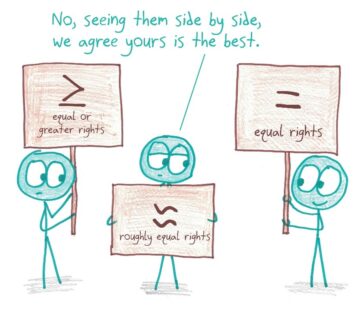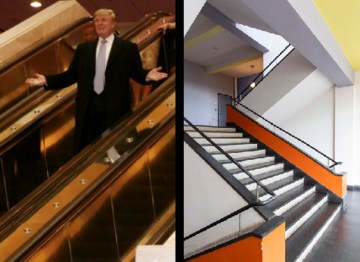Song Behind a Rear-Tined Tiller
They believed consciousness resided in the heart,
Aristotle believed this, and the Egyptians
who scooped out dead pharaoh’s brain
through his nose with a spoon
and stuffed his skull with rags assuring
that he would not be thinking in the other world
to which he’d travel by long boat
being wrapped in cloth, speechless, in gold, supine,
embarked with a breathless retinue of slaves
through the hole at the end of the earth
to a place far in imagination.
Here and now sunlight climbs a trellis of trees
along a rail line on which, at irregular intervals,
a freight comes dragging coal behind three engines
or hauls boxcars labeled J.B. Hunt,
or pulls chains of steel cubes and chemical tanks
heavy with inventions of consciousness,
some inscribed with graffiti sprayed by
a deft hand in bold letters, in colors
set with a master’s touch
tuned to the tones of both heart and brain
while the smell of blue-grey diesel
sparks a synapse between beats
and one step follows another
behind a rear-tined tiller
as I urge a throttle.
Who knows who sings
through what instrument
—did Aristotle?
Jim Culleny
from Odder Still
Leana’s Basement Press, 2015
Enjoying the content on 3QD? Help keep us going by donating now.

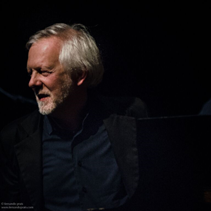

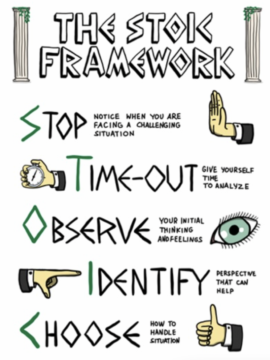 I dipped my toe into
I dipped my toe into  Professor Paul Heyne practiced what he preached.
Professor Paul Heyne practiced what he preached.
 by William Benzon
by William Benzon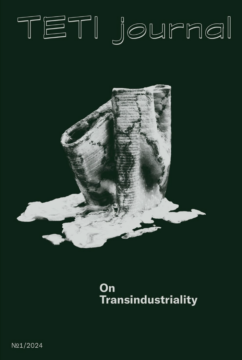 Last Saturday, November 2, 2024, at a collective atelier in Zurich’s Wiedikon neighborhood, I attended the launch of a new periodical.
Last Saturday, November 2, 2024, at a collective atelier in Zurich’s Wiedikon neighborhood, I attended the launch of a new periodical. 

 In 1919, Otto Neurath was on trial for high treason, for his role in the short-lived Munich soviet republic. One of the witnesses for the defense was the famous scholar Max Weber.
In 1919, Otto Neurath was on trial for high treason, for his role in the short-lived Munich soviet republic. One of the witnesses for the defense was the famous scholar Max Weber.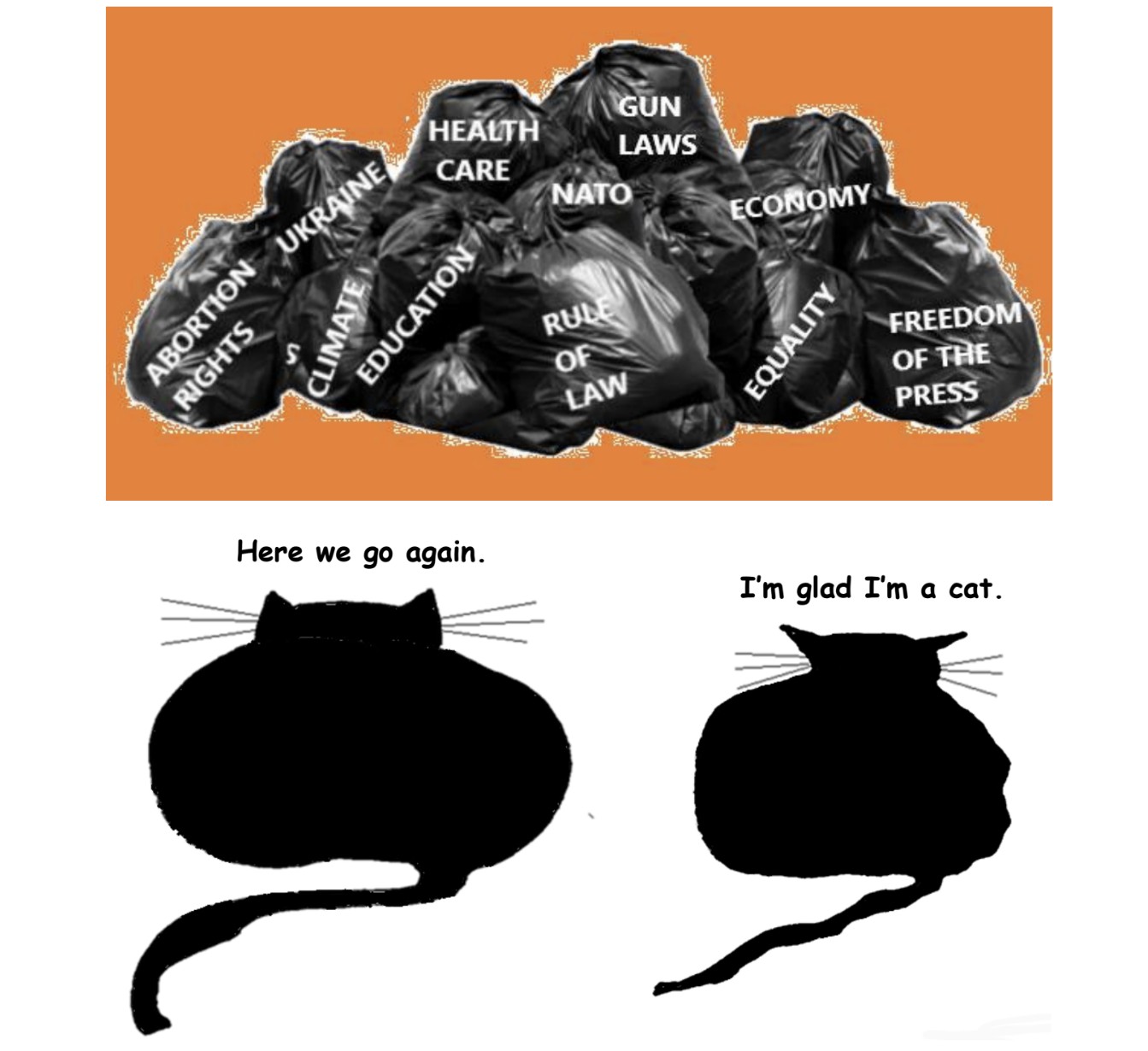
 Historians have spilled much ink analyzing and interpreting all of the U.S. presidential elections, dating back to George Washington’s first go in 1788. But a handful of contests get more attention than others. Some elections, besides being important for all the usual reasons, also provide insights into their eras’ zeitgeist, and proved to be tremendously influential far beyond the four years they were intended to frame.
Historians have spilled much ink analyzing and interpreting all of the U.S. presidential elections, dating back to George Washington’s first go in 1788. But a handful of contests get more attention than others. Some elections, besides being important for all the usual reasons, also provide insights into their eras’ zeitgeist, and proved to be tremendously influential far beyond the four years they were intended to frame.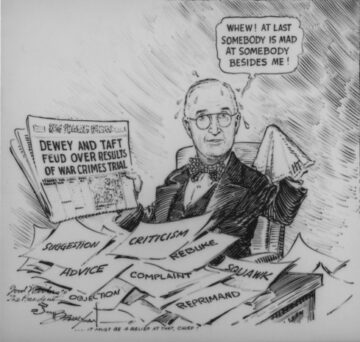

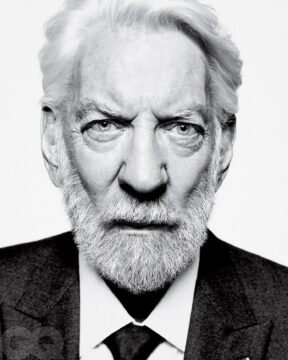 Donald Sutherland was a connoisseur of poetry. In the 80s I knew poetry-quoting doyennes from the glittering parties the Academy of American Poets threw as well as the Sudanese who recited their histories in song, but mostly I knew poets obsessed with competing with dead ones, with an eye toward their next book. Poets generally love poetry the way auto mechanics love cars. They don’t luxuriate in the front seat, or take long winding car trips through the Berkshires, they make sure the ignition catches and go on to the next one. Hearing Sutherland recite poetry you heard the Stanislavski method of poetry-recitation, an oral delivery straight from the mind as well as the mouth. Sutherland said he was manipulated by words, not as a ventriloquist but in the relationship between feeling and meaning. Likewise, after numerous tussles with directors Fellini and Preminger and Bertolucci – he even tried to get Robert Altman fired from M.A.S.H. – he decided he was merely the director’s vehicle. Poetry directed him.
Donald Sutherland was a connoisseur of poetry. In the 80s I knew poetry-quoting doyennes from the glittering parties the Academy of American Poets threw as well as the Sudanese who recited their histories in song, but mostly I knew poets obsessed with competing with dead ones, with an eye toward their next book. Poets generally love poetry the way auto mechanics love cars. They don’t luxuriate in the front seat, or take long winding car trips through the Berkshires, they make sure the ignition catches and go on to the next one. Hearing Sutherland recite poetry you heard the Stanislavski method of poetry-recitation, an oral delivery straight from the mind as well as the mouth. Sutherland said he was manipulated by words, not as a ventriloquist but in the relationship between feeling and meaning. Likewise, after numerous tussles with directors Fellini and Preminger and Bertolucci – he even tried to get Robert Altman fired from M.A.S.H. – he decided he was merely the director’s vehicle. Poetry directed him.